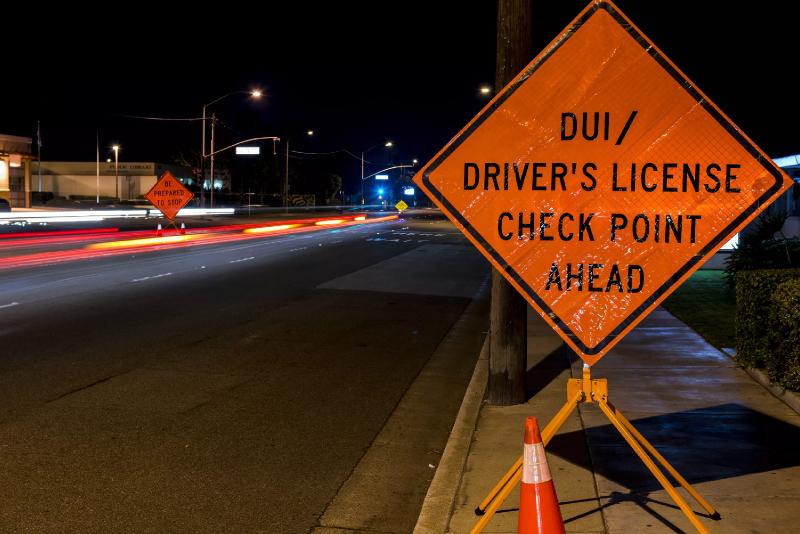America's Drunk Driving Limit May Change



By Aleks Phillips U.S. News
A growing number of states are considering lowering the blood alcohol level at which drivers are considered to be under the influence.
A bill that would lower the legal blood alcohol limit to 0.05 percent from 0.08 percent was passed by the Hawaii state Senate on March 5 and is now being considered by the lower house. It follows a similar bill in Washington state, which is currently in committee, while Utah has already adopted the lower limit.
In every other state, drivers pulled over by police cannot exceed a reading of 0.08 percent blood alcohol level when tested, either by being breathalyzed or giving a blood or urine sample.
Campaigners say that lowering the limit would prevent more deaths on the road due to drunk driving and reference the fact that the lower limit is already in place in other parts of the world, including many European countries.
"It costs the state not a dollar to put this legislation into effect, and we will literally see hundreds of lives saved," Rick Collins, director of the Hawaii Alcohol Policy Alliance, told KITV4 Island News on Tuesday.
But detractors say it will create an additional burden for law enforcement and could potentially lead to responsible drinkers being penalized for having two or three drinks—which would otherwise put them under the limit, depending on their weight.
Hawaii's Office of the Public Defender has long opposed the move, writing in 2020 that it "casts too wide a net, and will result in criminalizing the behavior of normal responsible drinkers without having an impact on reducing alcohol related fatalities.
"There are many responsible drinkers who...limit their alcohol consumption to one to two drinks over the course of a night. These are the people who are law-abiding and follow the rules. A reduction of the [blood alcohol content limit] will result in some of these individuals being arrested."
The Hawaii Alcohol Policy Alliance argues that drivers with a blood alcohol level between 0.05 and 0.079 percent are around seven times more likely to be killed in a crash than if they had not had any alcohol, citing a 2000 study.
But the Office of the Public Defender says drunk drivers who cause terrible crashes tend to be well over the limit and do not care about road laws.
Frank Harris, director of state government affairs for Mothers Against Drink Driving (MADD), said this was one of the "red herrings" the organization had always encountered.
"That's a talking point that MADD fought when we advocated for .08 30-plus years ago. When we pushed .08, opponents, mainly the alcohol industry, would say, 'we've got to worry about the hardcore offenders, not the people who just have one or two drinks,'" he told Newsweek.
"The real point of .05 is just deterrence: that if you're going to go out, having a good time, consuming alcohol, just plan ahead [and] don't get behind a wheel—that's always the safest option."
A DUI checkpoint seen in Anaheim, California, on December 9, 2013. Some states are considering lowering the blood alcohol content limit at which a person is considered to be driving drunk.A DUI checkpoint seen in Anaheim, California, on December 9, 2013. Some states are considering lowering the blood alcohol content limit at which a person is considered to be driving drunk.Getty Images
Senate Bill 2384 has been handed to the state House Transportation Committee for consideration, but campaigners fear it could die there, as it has done in previous years.
In Washington, a similar provision was considered by the state's Senate last year, reintroduced, and referred to the Rules Committee on January 30 this year. However, it has yet to make it to the floor for a vote.
In 2018, Utah lowered its limit from 0.08 to 0.05 percent, referencing similar reasons to those put forward by campaigners in Hawaii.
"Despite decades of public campaigns and other efforts to discourage driving after drinking, survey and observational data show that many people continue to do so," the state's Department of Public Safety says.
Depending on the outcome of the bill in Hawaii, it remains to be seen whether the lower limit would be adopted more widely.
"We really hope more states will follow the model of [Utah] to enact a .05 law," Harris said. "There hasn't been a successful bill passage since Utah, but there's been a lot of grassroots movement around advocating for .05."
As well as in Washington, he mentioned New York and Connecticut as places where the move was gaining traction.
"There is movement in support of .05; now it's just a matter of feeling out to get lawmakers motivated to actually enact this," Harris said.
When asked for comment by Newsweek, a National Highway Traffic Safety Administration spokesperson noted a study it conducted in 2022 that found there were fewer crashes—and fewer involving alcohol among those that occurred—in Utah after it implemented the lower limit.
They also said that the federal agency lists lowering blood alcohol content limits among its effective countermeasures for impaired driving.

Tags






